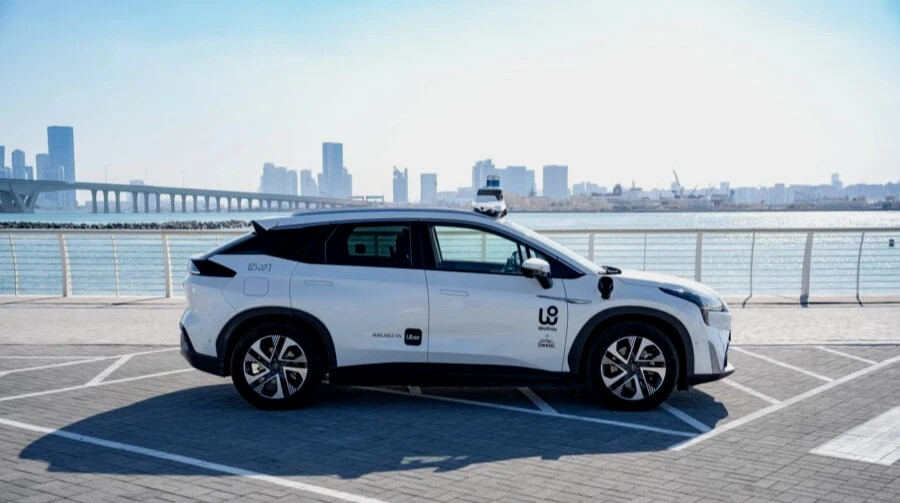China anticipates that by 2030, at least 300,000 autonomous taxis will be operating in its largest cities, including Beijing, Shanghai, Guangzhou, and Shenzhen. This information comes from SCMP.
Paul Gong, head of automotive research at Union Bank of Switzerland (UBS), believes that autonomous taxis in mainland China could generate up to $183 billion annually, provided that all two million taxis and five million ride-hailing vehicles are converted to self-driving models.
Gong has not specified a timeline for the commercialization of the autonomous taxi business, as it hinges on regulatory frameworks and consumer acceptance. Meanwhile, he is not the only one making such predictions. Last month, The Hongkong and Shanghai Banking Corporation (HSBC) stated that autonomous taxis could account for 6% of the overall taxi market in China. The bank predicts that these services could yield $40 billion a year, but also does not pinpoint when this will occur.
HSBC believes that in addition to passenger transport, autonomous taxis in China could also generate up to $30 billion a year by offering logistics and delivery services. Gong notes that a decrease in the production cost of electric vehicles with autonomous driving technologies, which he predicts will drop to 300,000 yuan (~$41,935), will facilitate this.
In Beijing, Shanghai, Guangzhou, and Shenzhen, autonomous taxis from Apollo, Pony.ai, and WeRide are already undergoing trials. Currently, companies are launching only a handful of such vehicles, focusing primarily on low fares: in some instances, the cost of a ride in an autonomous taxi is just 10% of the average fare of a conventional taxi.
Apollo, a subsidiary of Baidu, has the largest scale, operating hundreds of autonomous vehicles in Wuhan, which can service approximately 35% of the city’s roads. This means that over a third of the transport network is already available for autonomous transport.
Another Chinese self-driving company, Pony.ai, is preparing for mass production of autonomous taxis to make its service widely available and more affordable, as technological advancements have shortened the path to commercialization.



